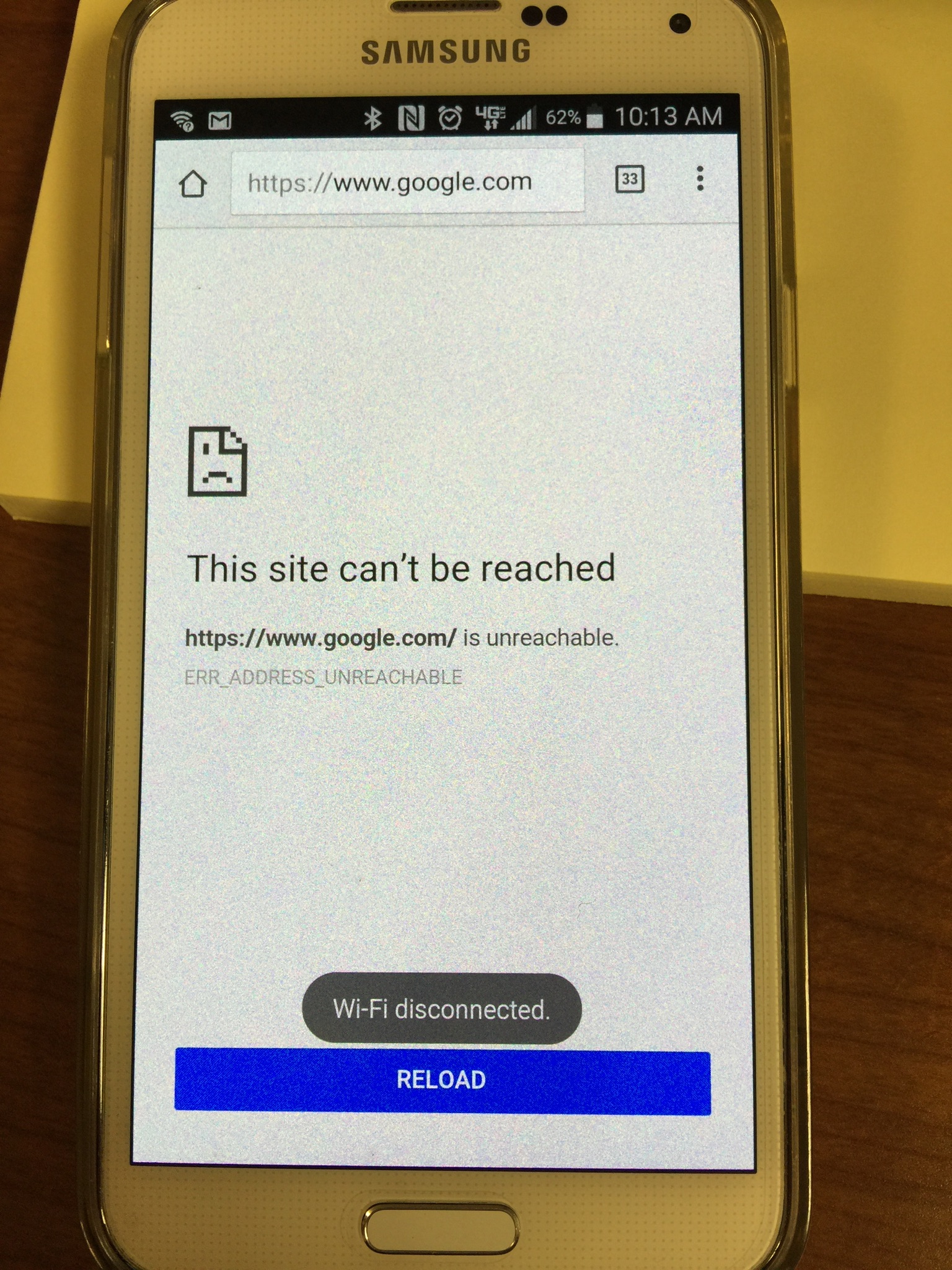

- #REMOVE HANDYPRINT CONNECTION ERROR HOW TO#
- #REMOVE HANDYPRINT CONNECTION ERROR MAC OS#
- #REMOVE HANDYPRINT CONNECTION ERROR SOFTWARE#
- #REMOVE HANDYPRINT CONNECTION ERROR FREE#
To change the default setting on Chrome, paste the following URL in the address bar: chrome://net-internals/#hstsĢ. Often, browsers automatically redirect HTTP addresses to HTTPS causing the localhost refused to connect error. If the connection establishes, then the settings in the initial browser are the issue. Start by navigating to localhost in a different browser. Make sure the browser is not responsible for causing the localhost error.
#REMOVE HANDYPRINT CONNECTION ERROR FREE#
Change the port number to a free port ( 8080 for example). Locate the following lines in the file: Listen 80Ĥ. Then, open the nf file located in C:\wamp\apache2\conf.ģ. First, stop all instances running in WAMP with the End Task button.Ģ.
#REMOVE HANDYPRINT CONNECTION ERROR SOFTWARE#
If you are using the WAMP software stack and want to change the Apache port:ġ. Restart the Apache web server in the XAMPP control panel and try connecting to localhost again. Change the port number to any other free port. Find the following lines in the file: Listen 80Ħ.
#REMOVE HANDYPRINT CONNECTION ERROR MAC OS#
The path to the file on Mac OS is Applications/XAMPP/xamppfiles/etc/nf.ĥ.Windows stores the file in C:\xampp\apache\conf.Linux users will find it in bin/apache.The location of the file varies depending on the OS: Open the XAMPP control panel and click on the Netstat button.Ĥ. If you are using the XAMPP stack, follow the steps below:ġ. If another application is using the same port, it can create a conflict resulting in localhost refusing to connect. Windows: ipconfig /flushdns Change Port Settingsīy default, localhost uses port number 80.
#REMOVE HANDYPRINT CONNECTION ERROR HOW TO#
For detailed instructions, refer to How to Flush DNS Cache in macOS, Windows, & Linux. The steps for flushing the DNS vary depending on the OS in use. The best way to ensure DNS is not preventing the localhost connection is to clear the DNS cache and delete all saved DNS lookup information. Such an issue can result in localhost refusing to connect.

If DNS collects too many records or some of the records get corrupt, it may fail to function. If the status remains inactive, move on to deleting and reinstalling Apache on the system:ĭNS cache is stored to speed up loading of previously visited websites. Ubuntu/Debian: sudo systemctl status apache2ĥ. Ubuntu/Debian: sudo systemctl restart apache2ĬentOS/RHEL: sudo systemctl restart httpd To fix the issue, try restarting the Apache service using: To disable the UFW firewall on Ubuntu/Debian, open the terminal window and run: sudo ufw disableĬheck the status by running: sudo ufw statusģ. While Ubuntu and Debian distributions utilize UFW, CentOS and RHEL systems use firewalld by default. The firewall configuration tool on Linux systems varies depending on the distro. Also, make sure to turn on the firewall once you have finished working with localhost. If localhost still refuses to connect, move on to other potential causes. Once you disable the firewall, navigate to localhost in a browser to check whether it connects. (For OS-specific instructions, see sections below.) Temporary Disable the FirewallĬheck whether the firewall settings are blocking the localhost connection by disabling the firewall temporarily. The sections below provide methods to resolve the localhost refused to connect error. How to Solve the Localhost Refused to Connect Error? The best way to do so it to test out each probable cause, starting from the most frequent ones. To solve the issue, identify the source of the error. The browser settings blocking the connection.The server being accessed from the wrong port.Localhost doesn't resolve to 127.0.0.1.The server being blocked by the firewall.What Causes the Localhost Refused to Connect ErrorĬommon causes that result in localhost refusing to connect: ERR_CONNECTION_TIMEOUT (the server has not responded to the request and the client is still waiting for a response).



 0 kommentar(er)
0 kommentar(er)
